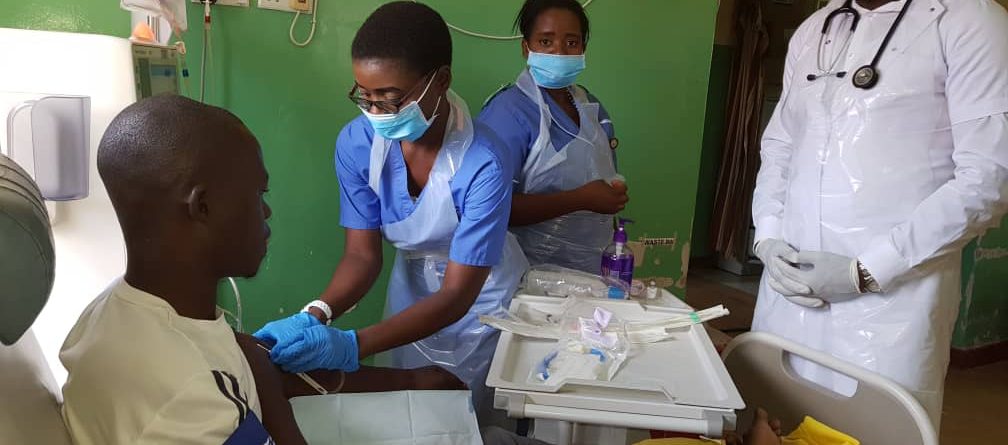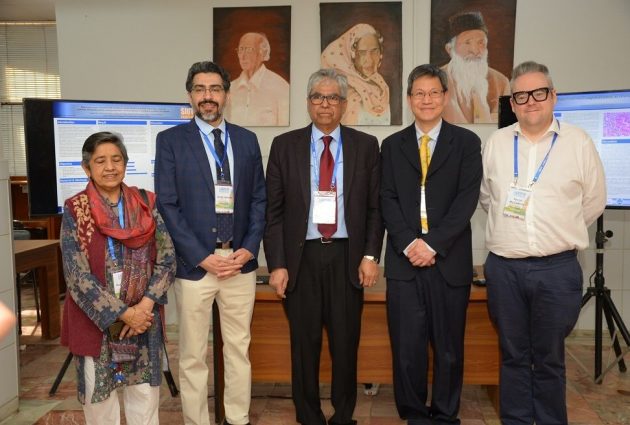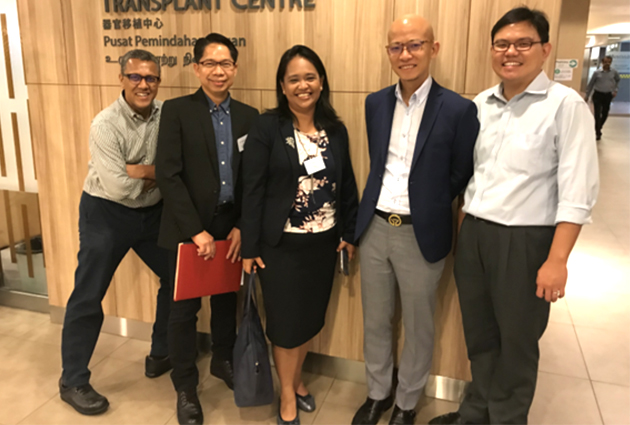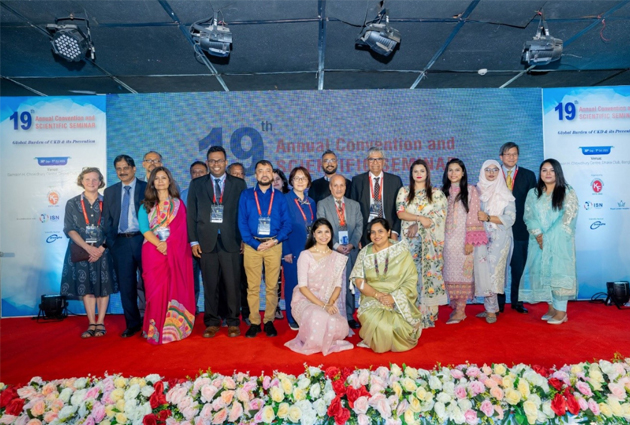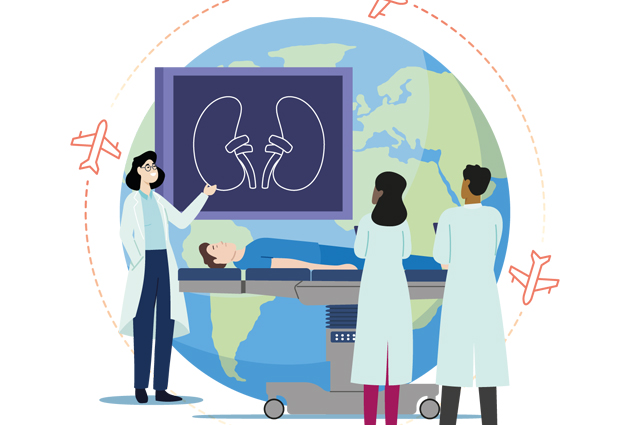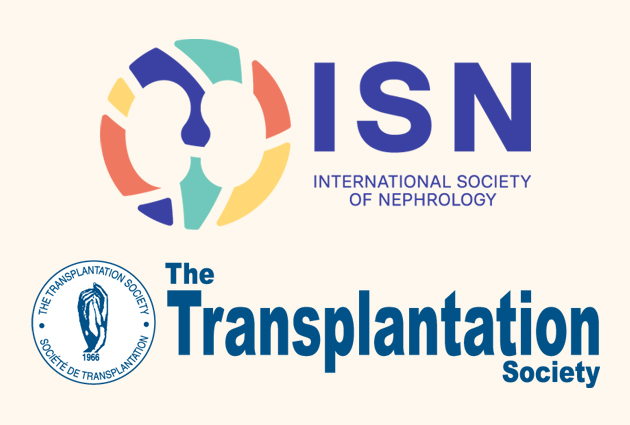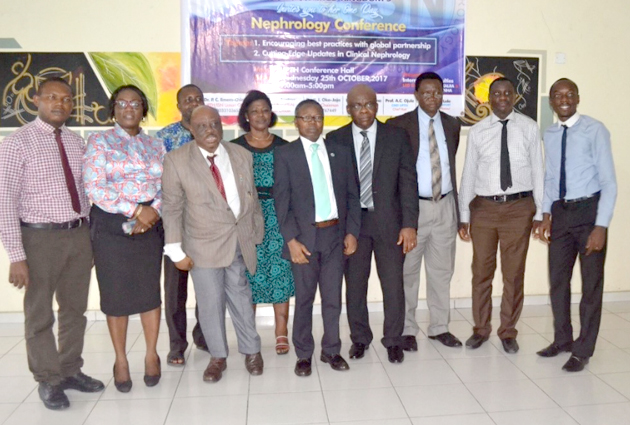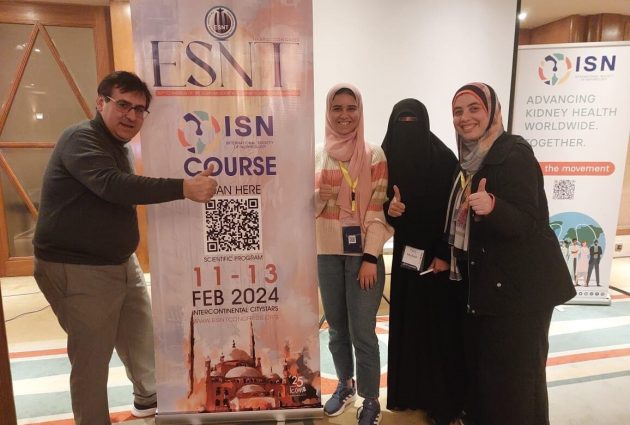Vascular Access Training for Nurses: Follow-up Educational Ambassadors Program Visit in Kenya
Stefaan Claus, RN
Nephrology Division, Ghent University Hospital, Ghent, Belgium
Member of the ISN Kidney Health Professionals Working Group
In October 2019, the ISN organized a Continuing Nurse Education (CNE) program at the Kenyatta University Hospital Nairobi, Kenya.
One year earlier, in 2018, Professor Marie Richards, along with the local nurses in the renal unit and the heads of the Renal Nurse Education, made an evaluation of nursing activities in the dialysis department. Vascular access (VA), hygiene and infection control, and the general organization of a dialysis department were considered to be top priority and the most urgent for support and education.
Because the mission was directed at the nursing activities and responsibilities in the VA program, a team was put together and headed by nurses, supplemented by a vascular surgeon. Regarding the set-up and the contents of the program, a deliberate choice was made to guide nurses in the practical implementation of their theoretical knowledge of VA. The best way to do so is through bedside teaching.
In order to thoroughly discuss the various aspects of an AV fistula within the scope of VA, we opted for the clinical pathway that is recommended in medical literature:
- Prior to the visit, the local nephrologists selected 35 patients from a group that had already started haemodialysis with a central venous catheter, or patients in the terminal phase of kidney failure.
- Vessel mapping: using Doppler ultrasound, the vascular system of their arms was identified. Local doctors and nurses have been taught to perform that technique. To the retained patients (n=21), markings were applied on the selected arm as an aiming point for the surgeon.
- AV fistula creation: during this week, Dr. Simon Fraser performed 26 surgical procedures on 21 patients. In five cases, a reintervention was required.
- The nurses were being taught the clinical approach of a newly created fistula on a daily basis, for which the method of ‘look, feel, and listen’ was used.
- Since patient education and training are of major importance, we took ample time to demonstrate which role and responsibility nurses could possibly have in that sub-domain.
- The technical issues that the nurses dealt with were discussed every day. In order to reinforce the problem-solving ability of the nurses, the complications were analyzed bedside while looking for the best solution.
- During the nursing training of the clinical assessment of fistulas, the Doppler ultrasound device was used to visualize, confirm, or correct their findings.
Nurses play a key role in patient care. In low-income countries (LIC) in particular, in which there is a large shortage of medically-schooled staff, their responsibility reaches further than the standard norm. Therefore, such bedside teaching helps to advance the existing theoretical knowledge into practice. Respecting and accepting the local situation are of crucial importance. By taking aboard the nurses in the Kidney Health Professionals Working Group (KHPWG), and by supporting CNEs, the ISN demonstrates the importance of education and training for this target audience in LIC.
During this mission, we organized training and education in what is only one part of the total care for a nephrology patient. My hope for future years is to be able to deal with other components as well, such as hygiene and infection control, prevention of renal insufficiency, and other aspects of care.
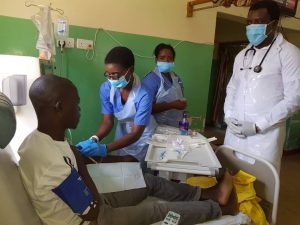
Many thanks to the Kenyan renal nurses of Kenyatta University Hospital, Marie, Thandi, Nancy, Simon, Valerie, Jo-Ann, Liselotte, and many others.

